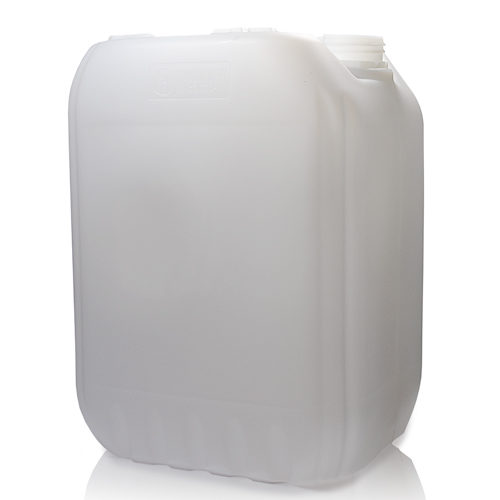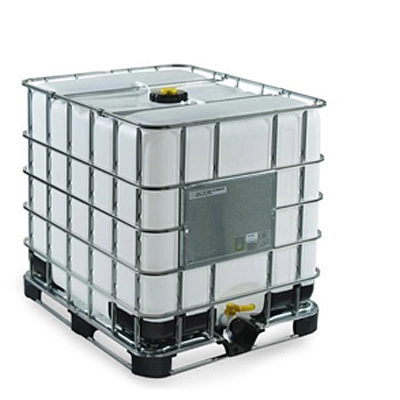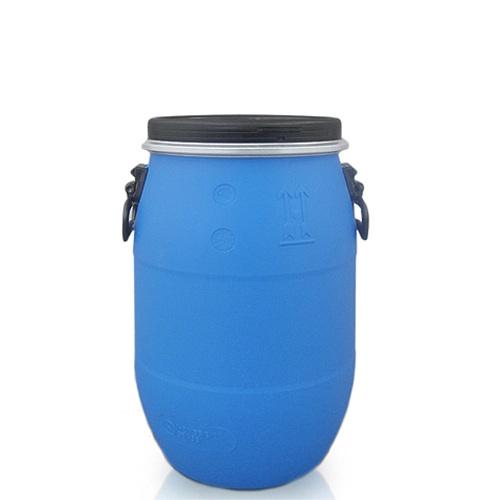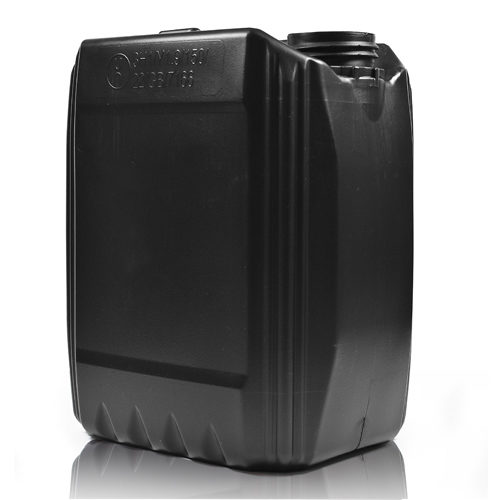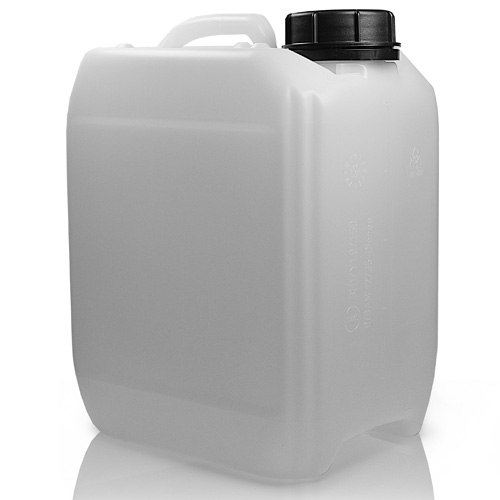Product Packaging In A Circular Economy
Amphorea Packaging has a commitment to moving our customers to a circular economy to ensure that we preserve our natural resources. Product Packaging In A Circular Economy can be an easy win not only for suppliers but also customers as the world moves to a more sustainable footing.
Product packaging plays a crucial role in the transition to a circular economy, which aims to minimise waste, conserve resources, and promote sustainability. In a circular economy, the traditional linear model of “take, make, dispose” is replaced with a more sustainable approach that emphasises the following principles.
We understand this principle and this is why we place great value in providing our customers with the widest choice which is at its core sustainable.
Below are some of the key points we have developed to move us as an organisation and the industry forward.
Reduce
The first step in sustainable packaging design is to minimise the amount of packaging used. This involves using fewer materials and designing packaging that is appropriately sized for the product. This is something we work closely with our suppliers with.
Reuse
Reusable packaging is a key component of the circular economy. Manufacturers can design packaging that consumers can return or refill, reducing the need for single-use packaging. Most of our products can be easily reused.
Recycle
Packaging materials should be easily recyclable. Designing packaging with materials that have established recycling infrastructure and processes helps ensure that packaging can be reused effectively. Additionally, using recycled content in packaging materials helps close the recycling loop. Almost all of our packaging can be recycled, we don’t just stop there, all of the packaging materials to protect our packaging can also be easily recycled.
Biodegradable and Compostable Materials
In some cases, it may be appropriate to use biodegradable or compostable materials for packaging, especially for products that are meant to be consumed quickly. However, it’s important to ensure that these materials are disposed of properly to avoid contamination of recycling streams or natural environments. We offer a full consultancy service with regards to biodegradable packaging in all forms. Speak to our account managers to source yours!
Design for Disassembly
When designing packaging, we can consider how easy it is to disassemble and separate different materials for recycling or reuse. This makes it more likely that packaging components can be incorporated into the circular economy.
Extended Producer Responsibility (EPR)
EPR programs place the responsibility for managing packaging waste on the producers, encouraging them to design packaging that is easier to recycle, reuse, or dispose of responsibly. This is something we actively work towards with all of our suppliers.
Material Selection
Choosing materials with a lower environmental impact is crucial. This includes considering the carbon footprint, water usage, and other environmental factors associated with the production and disposal of packaging materials.
Life Cycle Assessment (LCA)
We conducting LCAs for packaging with our manufacturers to identify the environmental impact of different packaging options throughout their life cycle, from production to disposal.
Innovation and Technology
We embrace new technologies and innovations in packaging which can lead to more sustainable solutions. This includes the development of smart packaging that can provide information on freshness and reduce food waste.
Consumer Education
We try to educate consumers on the importance of recycling and responsible disposal of packaging. Clear labelling and instructions can help consumers make sustainable choices.
Collaboration
Collaboration among stakeholders in the packaging supply chain, including manufacturers, retailers, and waste management companies, is critical for the successful implementation of circular packaging strategies. This is something we actively work on and analyse to improve.
Regulations and Policies
Governments can play a significant role in promoting circular packaging through regulations and incentives that encourage sustainable packaging practices.
In summary, product packaging in a circular economy focuses on reducing waste, conserving resources, and promoting sustainability through thoughtful design, responsible material selection, and collaboration among stakeholders. It involves a shift away from single-use, disposable packaging toward reusable, recyclable, and sustainable alternatives.
If you would like to learn more about how we can develop a packaging strategy for your organisation, please contact our sales team.
